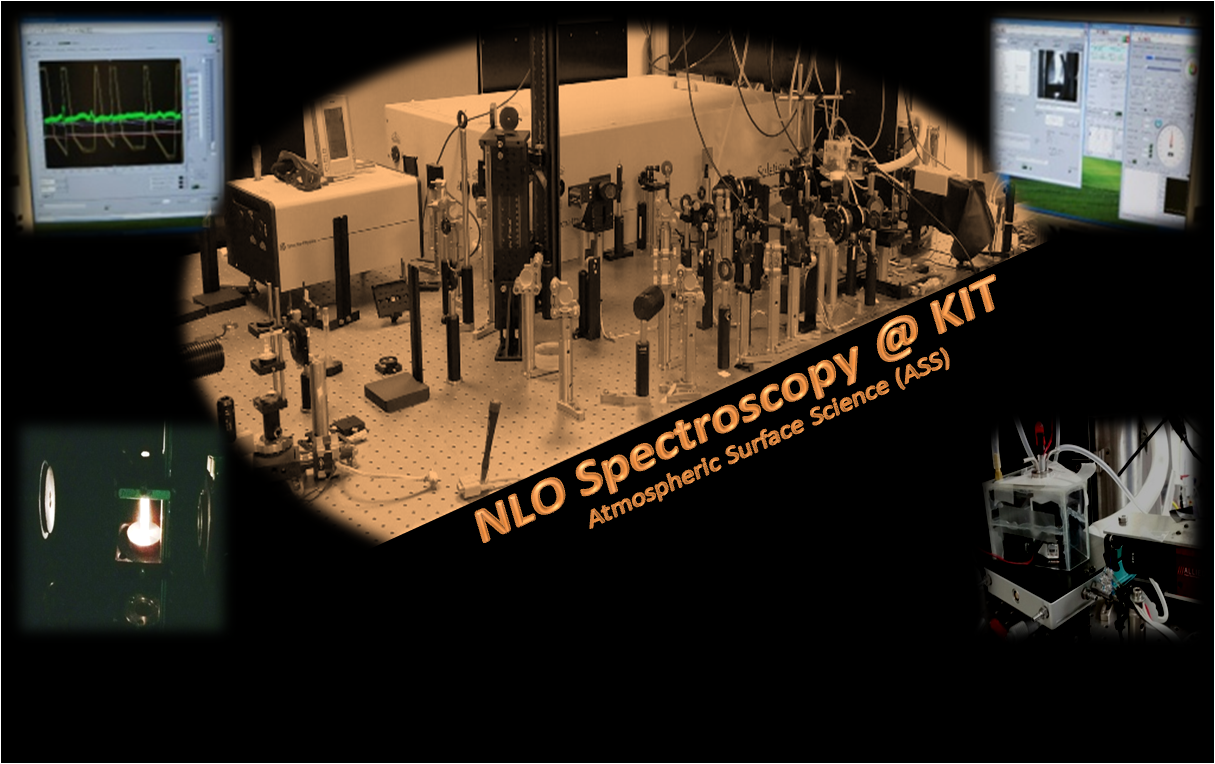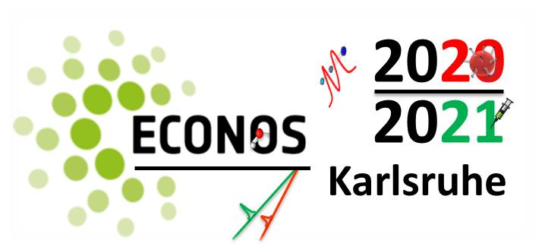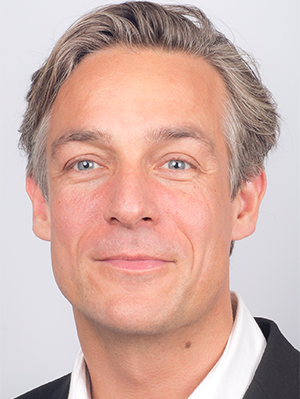
Prof. Dr. Mischa Bonn
Director of Department of Molecular Spectroscopy.
Max Planck Institute for Polymer Research, Mainz, Germany.
Novel Non-linear Terahertz Spectroscopies
Mischa Bonn is a research director at the Max-Planck Institute for Polymer Research (MPIP), Mainz, Germany. He works on label-free (ultrafast) vibrational spectroscopy and microscopy of biomolecular systems and water in such systems. He received his PhD in 1996 from the University of Eindhoven for research performed at the FOM-Institute for Atomic and Molecular Physics AMOLF in Amsterdam. After postdoctoral research at the Fritz Haber Institute in Berlin and Columbia University in New York, he worked at Leiden University from 1999 as an assistant professor, and from 2002 as associate professor. In 2004 he became a group leader at the FOM-Institute for Atomic and Molecular Physics AMOLF. In 2011 he joined the MPIP. His research interests are the structure and dynamics of molecules at interfaces, and electron transfer across interfaces. Mischa has a particular interest in the molecular details of liquid and solid water. Mischa has won several prizes and awards and has published over 400 research articles.
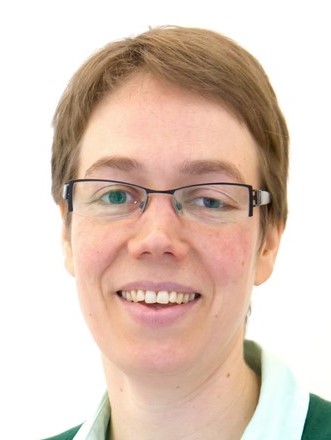
Prof. Dr. Ellen Backus
Professor of Physical Chemistry
Faculty of Chemistry, University of Vienna, Austria.
Water at interfaces probed by sum frequency generation spectroscopy
Since October 2018 Ellen Backus is professor for physical chemistry at the University of Vienna. After her chemistry studies at the University of Amsterdam and her PhD studies at Leiden University, she moved in 2006 to the University of Zurich for her postdoctoral work. In 2008 she joined AMOLF Institute in Amsterdam on a independent PostDoc fellowship. In 2012 she moved to Mainz to become a groupleader at the Max Planck Institute for Polymer Research followed by an independent Minerva groupleader position at the same place. Her research focuses on the structure and dynamics of water at interfaces.
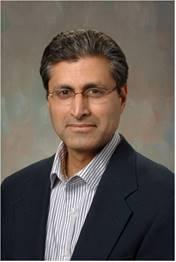
Prof. Dr. Ali Dhinojwala
University of Akron, USA
website
Understanding Acid-Base Interactions at Solid-Liquid Interfaces
Dhinojwala holds a BTech in Chemical Engineering from the Indian Institute of Technology and a PhD in Chemical Engineering from Northwestern University. He currently serves as Interim Dean of the College of Polymer Science and Polymer Engineering, and Professor of Polymer Science at UAkron. Dhinojwala’s research interests include adhesion, friction, and wetting, as well as structural color. Member of his lab developed novel spectroscopic techniques for understanding the physical properties of molecules at surfaces and interfaces, as well as synthetic adhesives inspired by geckos and spiders.
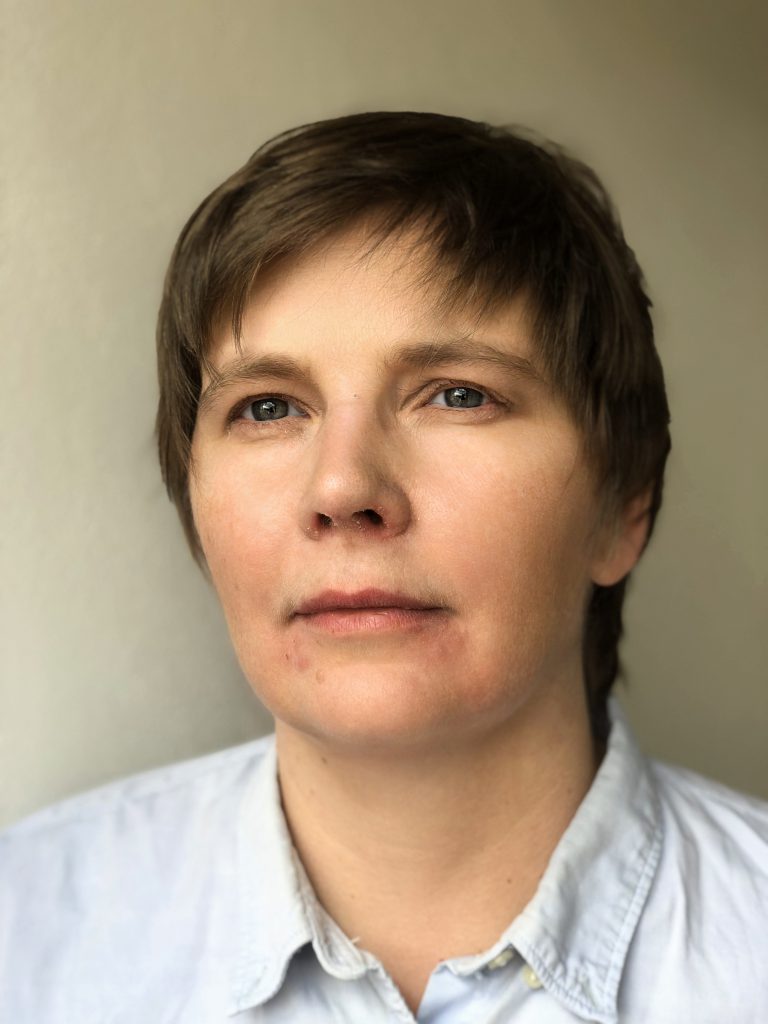
Dr. Nathalie Picqué
Max Planck Institute of Quantum Optics, Germany
Nonlinear broadband spectroscopy with laser frequency combs
Nathalie Picqué is a senior research scientist at the Max-Planck Institute of Quantum Optics (MPQ), Garching near Munich, Germany. She obtained her doctoral degree in 1998 and her habilitation in 2006, both from the Université de Paris-Sud (Orsay, France). After a post-doctoral stay at the European Laboratory for Nonlinear Spectroscopy (Florence, Italy), she was appointed as a permanent research scientist with the Centre National de la Recherche Scientifique (CNRS) in 2000. In 2011, she moved her laboratories to the MPQ.
Dr. Picqué’s research interests focus on molecular physics, precision spectroscopy and laser technology. She launched her research activities towards broadband molecular spectroscopy with optical frequency combs around 2005 simultaneously and independently to two or three other groups outside Europe. The techniques that she has been pioneering are now attracting the interest of many other groups are moving towards such spectroscopy in order to realize accurate, fast and miniaturized spectroscopic tools for different applications, ranging from fundamental research in molecular physics to bio-molecular imaging and medical diagnostics. With her group, Dr. Picqué continues to advance the frontiers of laser frequency combs and molecular spectroscopy. For her work, Nathalie Picqué has already received many prizes and awards including the 2007 Bronze Medal of the CNRS (best young scientist of the year in the field “Optics and Lasers, Atomic and Molecular Physics, Hot Plasmas” in France), the 2010 Beller Lectureship Award (American Physical Society), the 2013 Coblentz award (Coblentz Society) and the 2019 fellowship of the Optical Society.
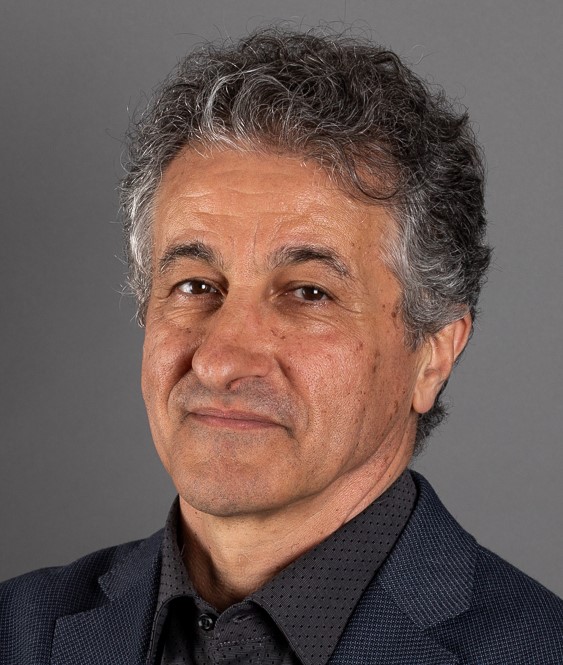
Prof. Dr. Majed Chergui
École polytechnique fédérale de Lausanne , Switzerland
Non-linear effects with ultrashort X-ray and optical pulses
Majed Chergui FRSC, is professor of Chemistry and Physics at the Ecole Polytechnique Fédérale de Lausanne (EPFL) and Director of the Lausanne Centre for Ultrafast Science (LACUS). He received his BSc degree in Physics and Mathematics from Chelsea College (University of London) in 1977, his Ph.D. in Physics from the Université Paris-Sud (Orsay) in 1981 and his Habilitation from the Université Paris-Nord in 1986. He then spent six years at the Freie Universität Berlin till 1993, when he was appointed Full Professor of Physics at the Université de Lausanne, Switzerland. In 2003, he joined the Chemistry Institute of the EPFL.
Majed’s research interests range from matrix-isolation spectroscopy of molecular systems to ultrafast spectroscopy of large molecules, biosystems and nanoparticles in solution, and bulk transition metal oxides. Most importantly, he is known for pioneering X-ray spectroscopy in the picosecond, then the femtosecond time domain, which he successfully applied to a wide range of scientific questions. He also made pioneering contributions to the development of ultrafast deep-ultraviolet methods, in particular 2-dimensional spectroscopy and circular dichroism. In recognition for his contributions, he received several awards and prizes among which, the Humboldt Research Award 2010, the 2015 Earle K. Plyler Award of the American Physical Society, The 2015 Edward Stern Prize for Lifetime Achievements of the International X-ray Absorption Spectroscopy Society and the 2019 Liverside Award of the Royal Society of Chemistry (UK). He is Fellow of the RSC, APS, OSA, EPS, ACA (American Crystallographic Association) as well as Foreign correspondent of the Spanish Royal Academy of Sciences.
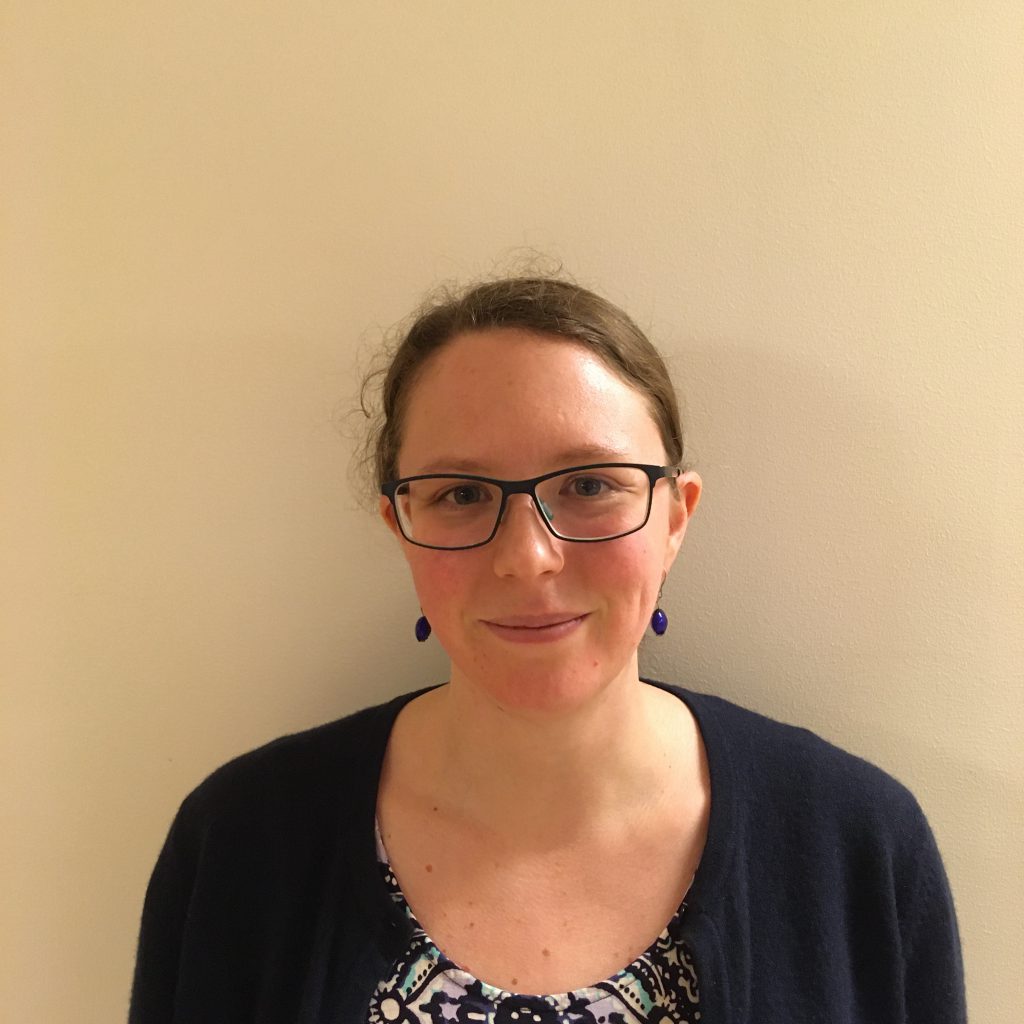
Dr. Anna lena Sahlberg
Division of Combustion Physics , Lund University
Non-linear mid-infrared laser techniques for combustion diagnostics
“Anna-Lena Sahlberg is working as Associate Senior lecturer at Lund University. She received her PhD degree at the Division of Combustion Physics at Lund University in 2016, and then worked as a Postdoc at the University of Oxford, before moving back to Lund in 2018. Her research is focused on development and application of non-linear mid-infrared laser techniques for combustion diagnostics, including laser-induced thermal grating spectroscopy (LITGS), degenerate four-wave mixing (DFWM) and polarization spectroscopy (PS).”
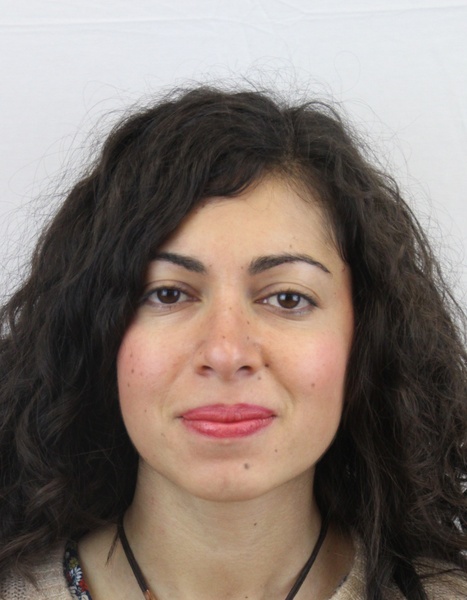
Dr. Rosa Santagata
ONERA, The French Aerospace Lab
Ultrafast ro-vibrational fs/ps-CARS thermometry for combustion: from
laboratory flames to a realistic aeronautical combustor
Rosa Santagata is a research scientist working at ONERA, the French national aerospace research center, in Palaiseau (France). After the bachelor and master studies at the University of Naples ‘Federico II’ (Italy), she obtained her doctoral degree in Experimental Physics in 2015 from the University of Siena (Italy), working on the realization and characterization of an ultra-stable ring laser gyroscope for the detection of general relativity effects. In 2016 she moved to France to start a two years postdoctoral position at Laboratory of Laser Physics (Université Paris 13 – CNRS), where inside the ‘Metrology, Molecules and Fundamental Tests’ team she worked on the stabilization and frequency tunability of femtosecond and quantum cascade lasers for high resolution molecular spectroscopic measurements in the mid-infrared. Right after she joined as postdoc the ‘Laser Sources & Metrology’ research unit of the Physics Instrumentation Environment Space Department at ONERA, where at the end of 2018 she was appointed as a permanent research scientist. Her research focuses on fs/ps CARS for high-speed thermometry in high temperature and high pressure media, local or remote gas detection systems (LIDAR) and frequency comb spectroscopy.
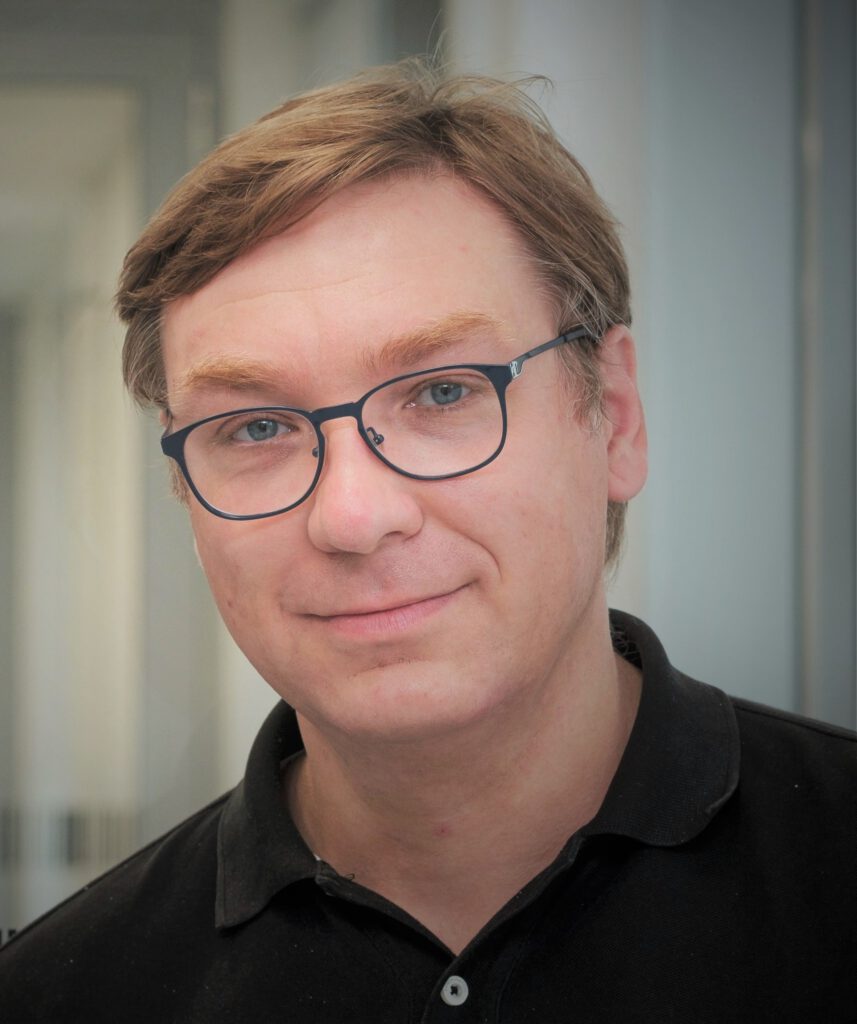
Prof. Dr. Björn Braunschweig
Westfälische Wilhelms-University Münster
Institute of Physical Chemistry and Center for Soft Nanoscience
Remote Control of Photoswitchable Amphiphiles at Aqueous Interfaces
Björn Braunschweig is a professor at the Institute of Physical Chemistry of the Westfälische Wilhelms University Münster since 2017. After studying physics and receiving the doctoral degree at TU Clausthal in 2009, he moved to the University of Illinois at Urbana-Champaign for a postdoctoral stay with Feodor Lynen fellowship and moved 2011 to the Friedrich-Alexander University Erlangen-Nürnberg, where we was a group leader at the Institute of Particle Technology (LFG) until 2016.
Research interests are in electrocatalysis and soft matter interfaces where surface specific nonlinear optical spectroscopies such as sum-frequency generation (SFG) and second-harmonic scattering (SHS) are applied for molecular level characterization. In addition, new methods for characterization of ultrathin films with vibrational spectroscopy are being developed, while also orthogonal methods to SFG spectroscopy like surface tensiometry and surface dilatational rheology help to address adsorption, ion specific effects and interactions at interfaces on a molecular level. Relatively new research topics are on responsive interfaces and active soft matter systems that can react to light and temperature stimuli.
